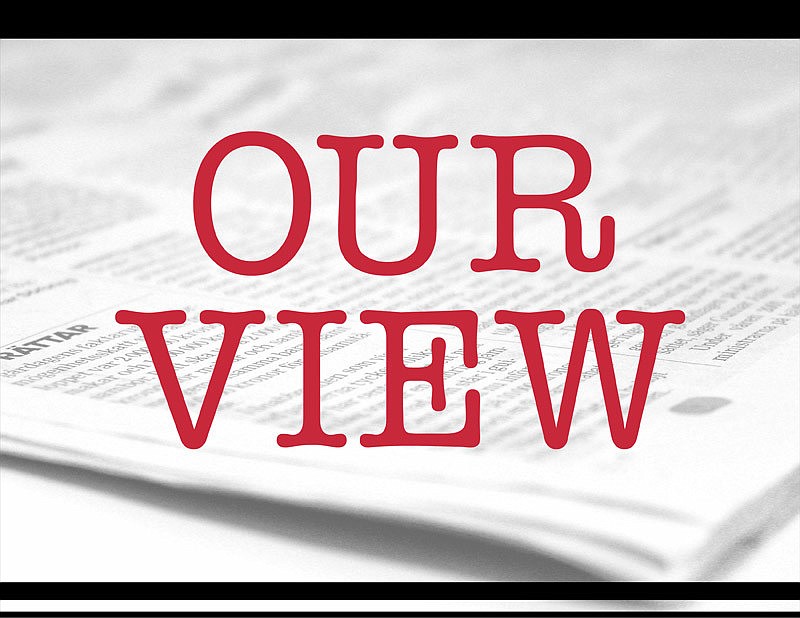- November 24, 2024
-
-
Loading

Loading

While almost all conversations, newspapers and radio and television news broadcasts will be focusing on Tuesday’s elections results, Ben Bernanke and his fellow members of the Federal Open Market Committee were to be deciding how much more money they should print on the U.S. monetary printing press.
They were to be deciding the next fleecing of Americans.
This is inflation.
Bernanke and other economic experts have been telling Americans for the past two to three years that with short-term interest rates at near 0%, there is no inflation. Indeed, these experts have been worrying more about deflation — falling prices — than inflation.
But this is a ruse. Every time the Federal Reserve Bank prints more paper dollars and increases the amount of dollars in circulation, it adds to inflation. And this increase in money supply always reduces the purchasing power of the dollars in your pockets and checking and savings accounts.
Indeed, since 2002 the U.S. dollar has lost about 36% of its value.
In other words, what you bought for 64 cents in 2002 now costs you $1.
And when the Federal Reserve decides whether to print $2 TRILLION or $4 TRILLION more new dollars to help stimulate the economy, every American can expect over the next several years to see the purchasing power of his dollars and savings shrink even more.
Let’s stop here for a moment and put this money printing into a little more perspective.
On Wall Street and in the halls of the Federal Reserve Bank, this printing of new money is being referred to as QE II — the Fed’s second round of “quantitative easing,” a euphemism for increasing the money supply and creating money out of thin air.
In the first “QE” round in 2009, the Fed printed $300 billion in new money and used it to buy U.S. government bonds to finance more government deficit spending. This was all part of the strategy to stimulate the economy.
With QE II, expected to be anywhere from six to 13 times greater in amount, the Federal Reserve is expected to use the freshly printed trillions to buy even more U.S. government debt.
The thinking is this purchase of U.S. debt will lower long-term interest rates, stimulate consumer spending and borrowing and lead to more hiring and a lowering of unemployment.
That’s the theory.
But consider what the Privateer’s Buckler recently wrote: “There was a time, when the Fed only had to print up a single $U.S. Billion or so to get the U.S. economy ‘growing’ again. Then it became a few $U.S. Billion, then tens of $U.S. Billions, then hundreds of $U.S. Billions. Now, a ‘few’ $U.S. TRILLION are said to suffice.
“Can you see a pattern emerging here? If you can, you are already at least one step ahead of the vast majority of the professional ‘intelligentsia’ in U.S. and global economic and financial circles. For decades, they have stood as a phalanx to assure us all that this upward trajectory of the Fed’s money creation has NOTHING to do with inflation.”
But au contraire.
Adam Smith, Frederic Bastiat, Ludwig von Mises, Friedrich Hayek, Milton Friedman and others have exposed this for more than three centuries.
One of the best of all at explaining inflation was a famous New York Times columnist, Henry Hazlitt (yes, a conservative at the Times!). In the mid-1940s Hazlitt wrote, “Economics in One Lesson.” And in Chapter 23, “The Mirage of Inflation,” he unmasks exactly what Ben Bernanke and the Federal Reserve are doing to Americans by increasing the money supply. This is inflation.
You may not see it as you typically think of inflation — rising prices. But the increase in money supply eventually leads to rising prices and always results in less purchasing power for every consumer. Or, more precisely, as Hazlitt wrote: “Inflation itself is a form of taxation. It is perhaps the worst possible form, which usually bears hardest on those least able to pay.”
As the Federal Reserve continues to finance our government’s deficit spending with freshly printed money, Americans in this year’s election have realized that one day this debt must be paid. There is no way around it: Taxes will rise. And as a result, consumer purchasing power will shrink. The nation’s total wealth and income will fall, as will incentives to produce.
“Inflation,” Hazlitt wrote, “tears apart the whole fabric of stable economic relationships.”
Never has it been more imperative: The growth of government and central planning must be reversed. Its inflationary spending is a life sentence toward poverty for generations to come.